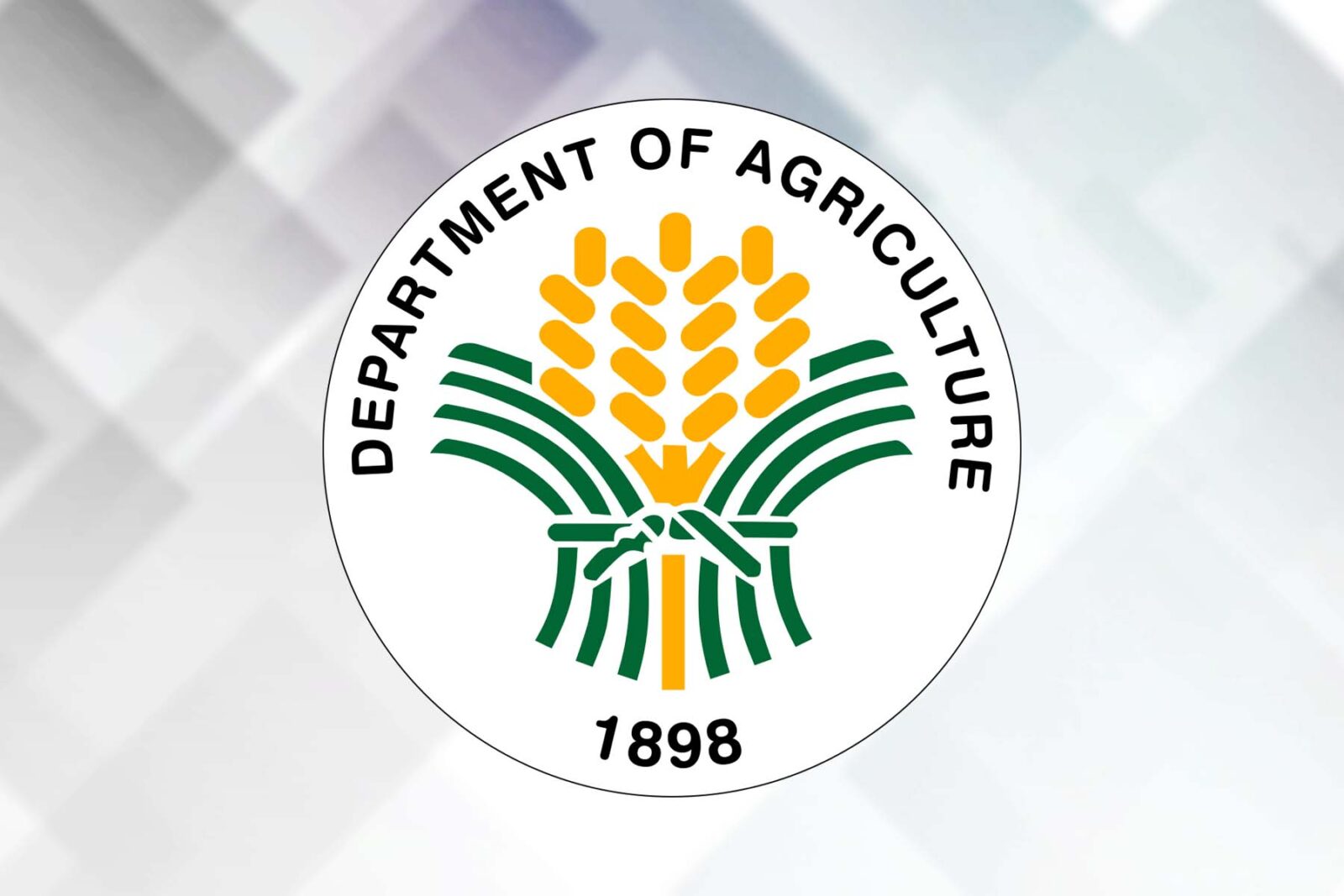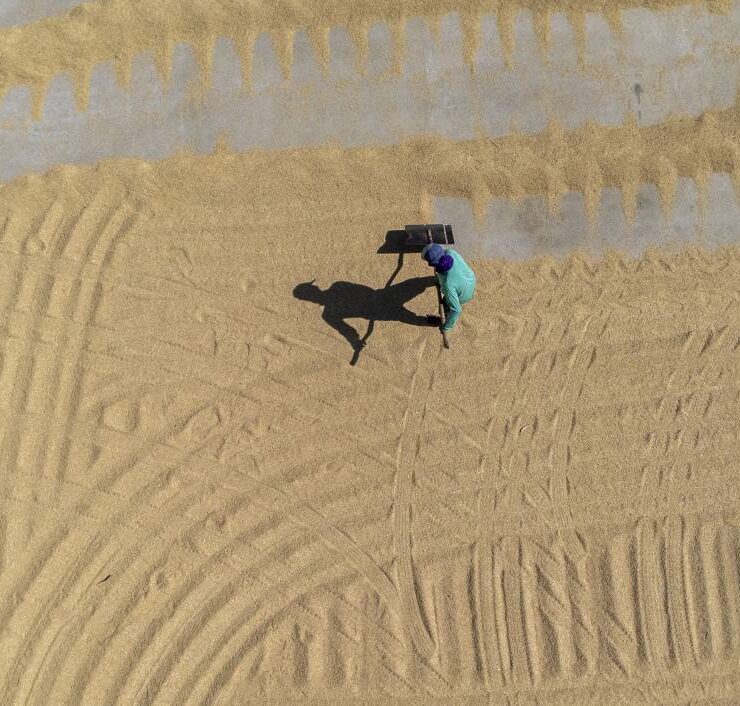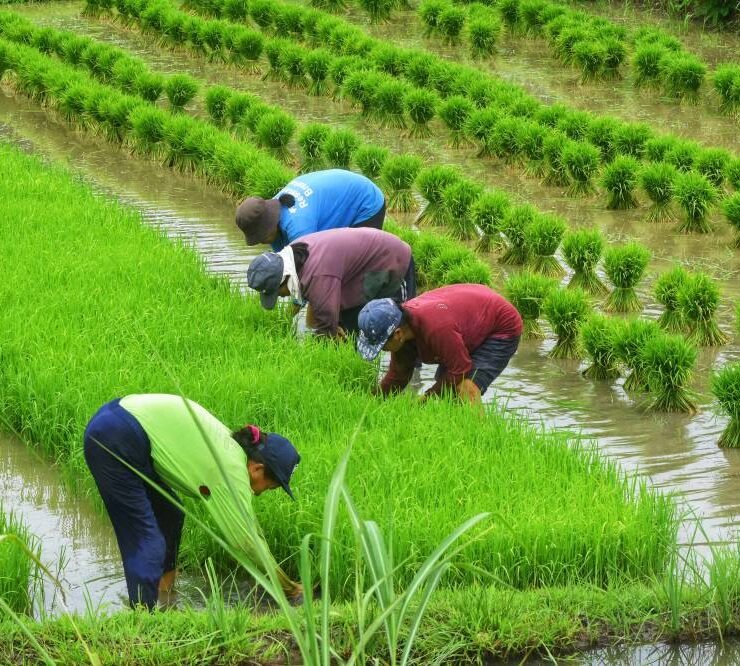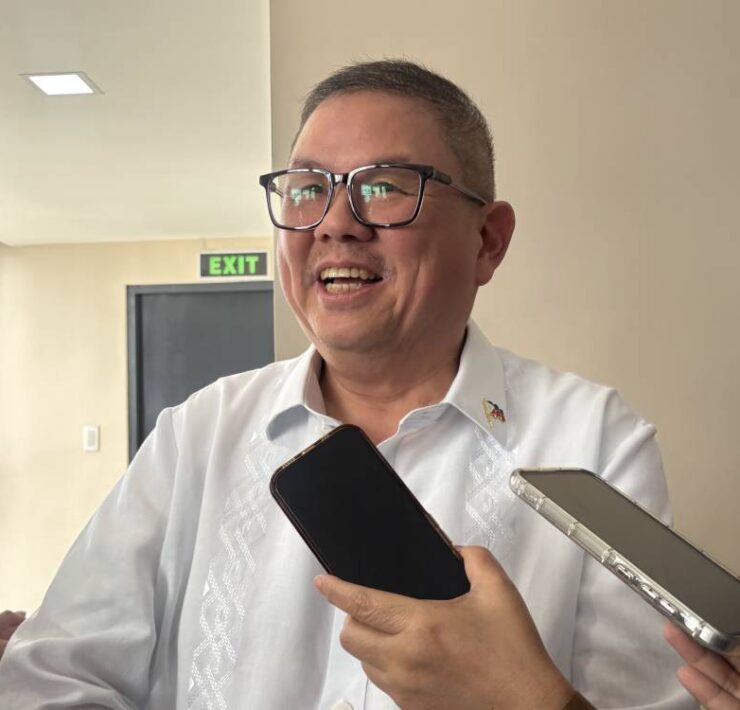DA seeks doubling of crop insurance subsidy to P8B

The Department of Agriculture (DA) is urging Congress to increase crop insurance subsidy to shield as many farmers as possible from harvest losses due to severe weather conditions or outbreaks.
The DA is seeking a crop insurance subsidy of P8 billion to provide protection to 4.2 million agricultural workers next year, of whom 2.2 million are rice farmers.
Agriculture Secretary Francisco Tiu Laurel Jr. said the current subsidy funding of state-run Philippine Crop Insurance Corp. (PCIC) was “simply inadequate.”
“We need to insure more farmers at realistic levels that reflect the true cost of production, especially as climate change and market volatility continue to impact the sector,” Tiu Laurel said in a statement on Tuesday.
The proposed budget for crop insurance is nearly double the PCIC’s proposed subsidy of P4.5 billion under the 2026 General Appropriations Act. The subsidy level has remained unchanged since 2022.
Stronger safety net
The agriculture chief emphasized that expanding insurance coverage is a strategic investment in the country’s food security. He added that this would provide a stronger safety net for smallholder farmers, particularly rice producers who grapple with rising farm input costs and increasingly unpredictable weather patterns.
“When typhoons, droughts, or pest outbreaks hit, insured farmers can recover faster and get back to planting. Without it, many are left in debt or forced to abandon farming altogether,” he added.
An attached corporation of the DA, the PCIC is mandated by law to provide insurance protection to the country’s farmers and fishers against crop losses arising from natural calamities, pests and diseases.
At present, only 2.3 million farmers are insured by the PCIC. Of these, 1.25 million are rice farmers.
In 2024, the state-run firm insured 4.21 million farmers and fishers across the country and provided P141.56 billion worth of insurance coverage.
Early in July, the PCIC rolled out a pioneering parametric insurance program to fast-track insurance payouts for rice farmers. The pilot test was carried out in the 2025 wet season cropping season.
Under the new system, once a typhoon exits the country, compensation is computed within three to five days based on the preestablished damage and indemnity factors.
The PCIC will utilize remote sensing technologies, instead of conducting field inspections, to automatically trigger payouts based on measurable conditions.





















